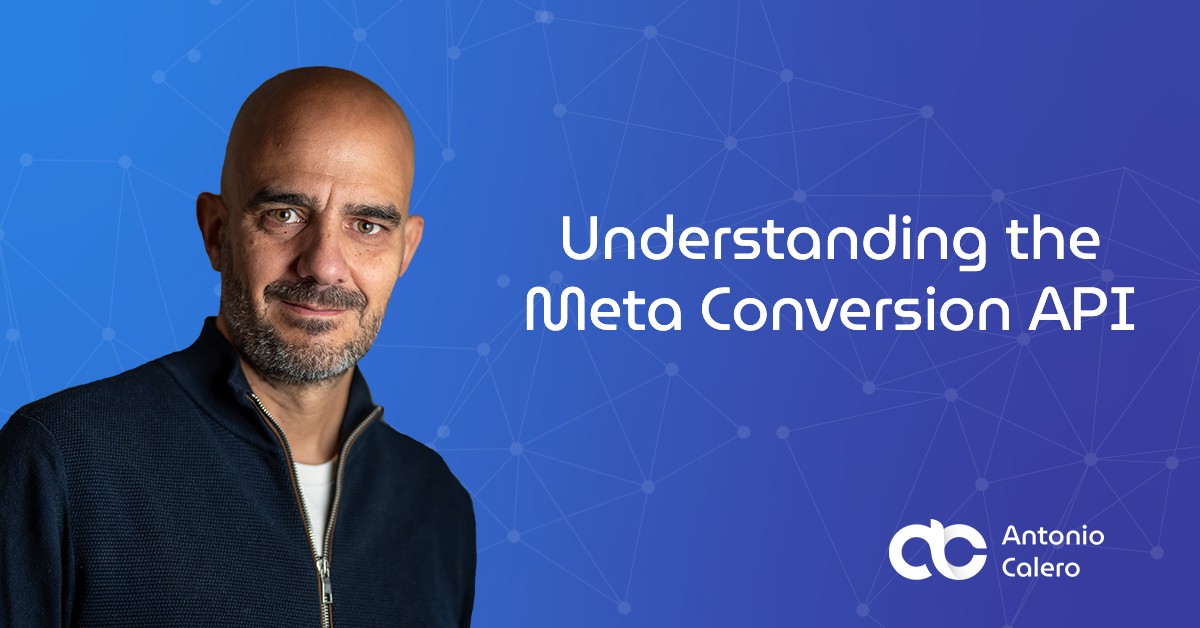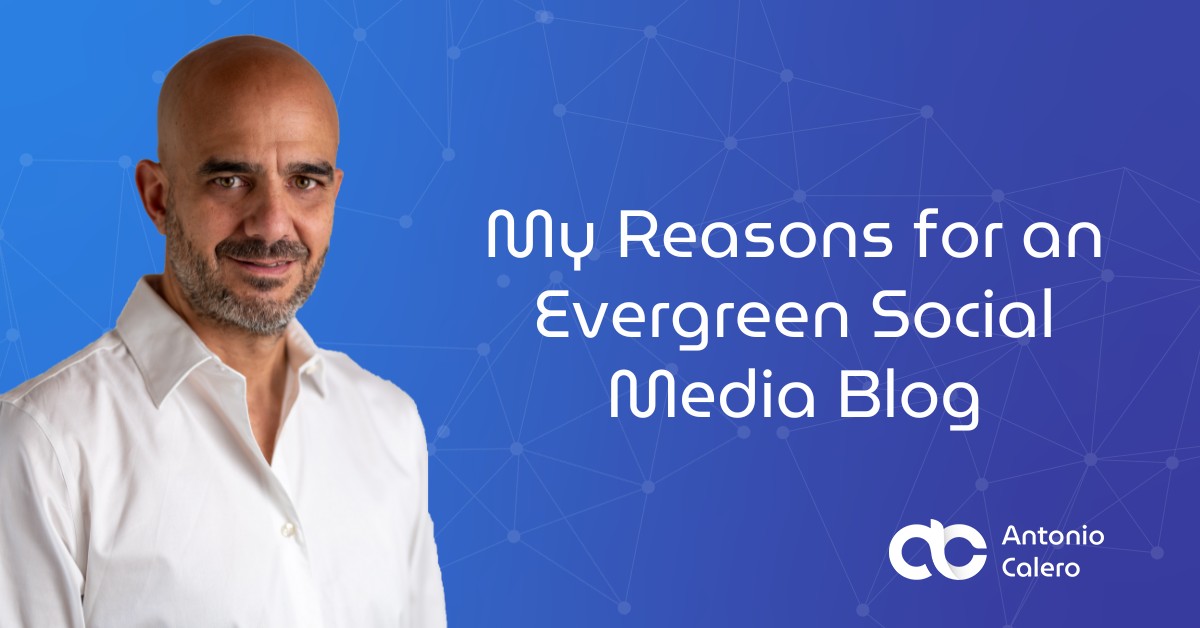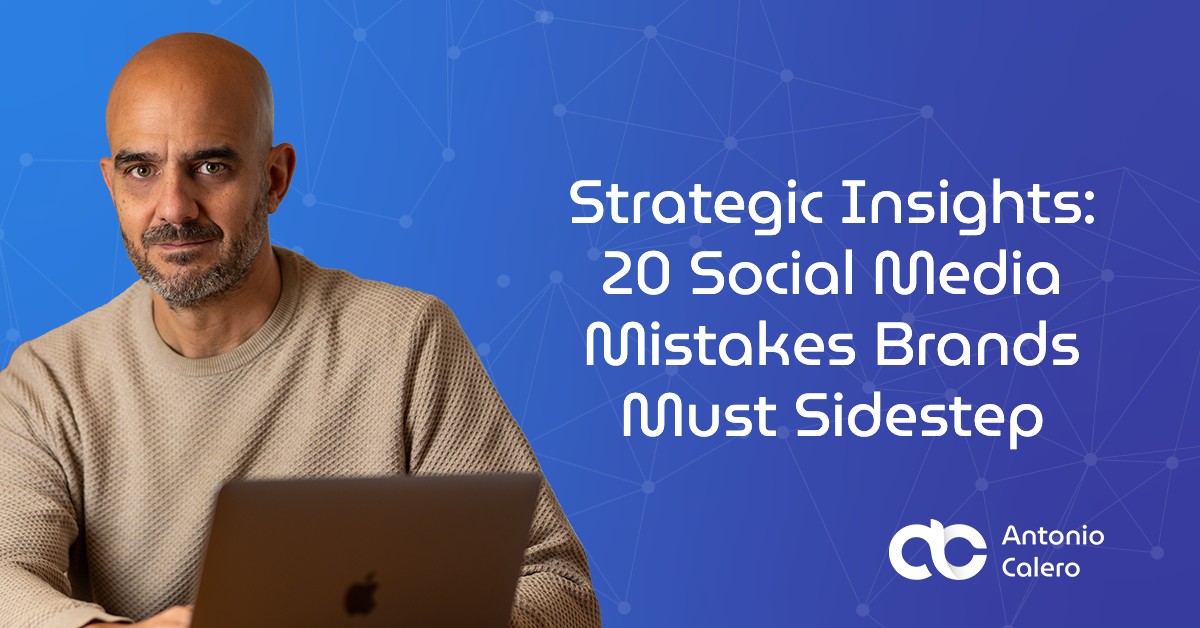Understanding the Meta Conversion API
Meta Conversion API is a game-changer in the world of Facebook advertising. This powerful tool is rapidly becoming indispensable for businesses keen on optimizing their online ad strategies.
Remember the days when Facebook’s Pixel was the go-to for tracking conversions? Those days are evolving. With increasing concerns around data privacy and the shifting sands of technology, such as the iOS or Google updates, we’re entering a new era. The Meta Conversion API is not just an addition to your marketing toolkit; it’s a necessity for capturing a fuller picture of customer interactions.
But what exactly is the Meta Conversion API, and why has it become such a hot topic among marketers?
Meta Conversion API is the answer to the growing limitations of traditional tracking methods. Understanding this tool is crucial for navigating the modern online advertising landscape. And in this article, we’ll unravel the complexities of the Meta Conversion API, guiding you through its benefits, implementation, and real-world applications.
Understanding the Meta Conversion API
The Conversion API from Meta stands as a pivotal innovation in online advertising. Unlike the traditional Meta Pixel, which tracks user actions through their browser, the Meta Conversion API establishes a direct line from your server to Facebook. This means it can transmit conversion data from various sources – your website, CRM, or even physical stores – straight to Facebook’s ad manager.
But why is this shift crucial? The answer lies in the evolving digital landscape.
The Facebook Pixel, once a cornerstone for tracking online interactions, is encountering new challenges. Ad blockers, privacy updates, and the general decline in cookie reliance are diminishing its effectiveness. This is where the Meta Conversion API steps in as a vital solution.
The Meta Conversion API circumvents these obstacles by bypassing browser tracking, offering a more robust and reliable method by employing server-to-server connections. This approach ensures more reliable data collection, unaffected by the restrictions that hamper browser-based pixels
This is not to say the Pixel is obsolete. Rather, the Conversion API complements it, together creating a more complete tracking framework.
Think of the Meta Conversion API as an enhanced layer of intelligence for your marketing efforts. It allows you to capture a wider range of conversion data. This includes not just website interactions but also deeper insights like CRM data and offline interactions. By doing so, it empowers you with a fuller understanding of customer behavior, enhancing your ability to target ads effectively and measure their performance more accurately.
Adopting the Meta Conversion API is not just about keeping up with technological advancements; it’s about staying ahead in the marketing game.
Benefits of Implementing this tool
The shift to the Meta Conversion API is not just a technical update; it’s a strategic move that unlocks several benefits for marketers. Understanding these advantages is key to leveraging the full potential of your Facebook campaigns.
Here’s what implementing the Conversion API can bring to your marketing table:
- Enhanced Tracking and Attribution: With the Meta Conversion API, you gain access to a more comprehensive set of data. Such enriched data allows for more accurate tracking and attribution of conversions to specific ads, ensuring you understand the real impact of your campaigns.
- Improved Ad Performance and Optimization: The API’s ability to provide a fuller picture of user behavior leads to better ad targeting and optimization. When Facebook’s algorithm has more complete data, it can more effectively serve ads to the right audience, enhancing the chances of conversion.
- Resilience Against Privacy Changes: The tool’s server-to-server tracking is less susceptible to the limitations of browser-based tracking, ensuring your data remains comprehensive and compliant.
- Customizable Data Tracking: With the Conversion API you can tailor the data you send to Facebook, focusing on the metrics most relevant to your business goals. This customization means you’re not just gathering more data, but more relevant information.
- Real-World Success Stories: The practical benefits of the Conversion API are evident in real-world applications. For instance, companies like Make Up For Ever have seen a 36% increase in offline purchases, while Shine reduced its cost per signup by 41%. These cases highlight the tangible impact of the API in enhancing marketing strategies.
In conclusion, the Meta Conversion API is a strategic tool that amplifies your marketing efforts by providing richer data, improved targeting, and adaptable tracking.
Setting up the conversion API
Implementing the Meta Conversion API might seem daunting, but with a step-by-step approach, it’s quite manageable. The setup process varies depending on your existing digital infrastructure and technical expertise. Here’s a straightforward guide to help you get started:
Prerequisites
Before diving into the API setup, ensure you have a few things in place.
First, a functioning Facebook Pixel is necessary, as it works in tandem with the Conversion API for optimal results. Also, you should have access to Facebook Business Manager, as it’s crucial for managing the API settings.
Choosing the Right Integration Method
There are two primary ways to integrate the Conversion API – partner integration and manual implementation.
- Partner Integration: This is the simpler route, ideal for those who aren’t tech-savvy or lack in-house technical resources. If your website or CRM system is hosted on a platform that’s a Facebook partner (like WordPress, Shopify, or WooCommerce), you can opt for this method. It often involves minimal steps and no coding.
- Manual Implementation: For those who prefer a customized setup or use systems not covered by Facebook’s partners, manual implementation is the way to go. This involves working directly with your website’s server or CRM system. It requires some technical know-how or the assistance of a developer.
An alternative for those requiring a manual implementation is the use of the Stape, which is a third party tool that could simplify a lot of the technical steps involved in the process.
Setting Up Through Events Manager
Regardless of the method chosen, you’ll work through Facebook’s Events Manager. This tool guides you through the setup process, providing personalized instructions. It’s here where you can select the events and data points you want to track with the API.
Testing and Validation
After implementation, it’s crucial to test and validate the setup. Ensure that the data is being transmitted correctly and consistently. Facebook provides tools within the Events Manager to help you monitor and troubleshoot the data flow.
Ongoing Management
Setting up the Conversion API isn’t a one-time task. Regular monitoring and adjustments may be needed, especially as your business evolves or as Facebook updates its platform.
Implementing the Conversion API may seem like a daunting task; however, it’s not as complex as it seems, and the benefits greatly outweigh any hurdles you may encounter in the process.
Overcoming common concerns: event duplication
One of the primary hesitations around implementing the Meta Conversion API alongside the Facebook Pixel is the concern of event duplication. Marketers often worry about the same event being counted twice, skewing data and ad performance metrics. However, Meta has a solution to address this concern, called event deduplication.
Event deduplication is a process where Facebook identifies and eliminates duplicate events reported by both the Pixel and the Conversion API. This ensures each conversion action is counted only once, maintaining the accuracy of your campaign data. It’s a built-in feature of the platform, designed to work seamlessly in the background.
The deduplication process relies on comparing specific parameters from both the Pixel and the API. Each event sent to Facebook, whether via the Pixel or the API, has unique identifiers like ‘event_name‘ and ‘event_id‘. When these identifiers match, Facebook recognizes them as the same event and counts them accordingly. This mechanism effectively prevents the double-counting of events.
To make the most of the deduplication process, it’s crucial to be consistent in how you name and categorize events across both the Pixel and the API. Consistency in event naming and parameter usage is key to ensuring the system works effectively.
However, keep in mind that even with automated deduplication, regular monitoring of your conversion data is important. This helps to identify any anomalies or discrepancies early on.
The future of Facebook advertising with conversion API
The Meta Conversion API is not merely a response to today’s challenges; it is a forward-thinking innovation poised to redefine Meta’s advertising. As we look to the future, the landscape of digital marketing is set to evolve dramatically, with the Conversion API playing a pivotal role. This evolution will be characterized by several key developments, each contributing to a more sophisticated and effective advertising approach.
Firstly, the emphasis on user privacy and data security is set to become more pronounced, significantly influencing digital advertising strategies. The Conversion API aligns perfectly with this trend, offering advertisers a way to access crucial data while adhering to privacy norms. This dual focus on data utility and privacy protection is expected to become the new standard in the industry, reshaping how businesses interact with and leverage consumer data.
Additionally, the integration of emerging technologies such as AI, machine learning, and advanced analytics with the Conversion API is another exciting prospect. This amalgamation will open up new possibilities for targeting and personalization, taking digital marketing to new heights.
Furthermore, the focus is shifting towards a holistic understanding of the customer journey. The Conversion API facilitates this by offering a 360-degree view of the customer experience. This comprehensive approach is crucial for developing customer-centric marketing strategies that resonate more effectively with target audiences.
As technology continues to evolve, so too will the Conversion API. Marketers who are quick to adapt and learn will find themselves at an advantage. Staying informed and agile will be essential for harnessing the full potential of Facebook advertising in the future.
Conclusion
It’s clear that this tool is not just a new feature in the digital marketing landscape but a pivotal shift in how we approach online advertising. Its integration with existing tools like the Facebook Pixel creates a robust framework for understanding and engaging with your audience more effectively.
Looking ahead, the Conversion API is set to play a crucial role in shaping the future of digital advertising. Its introduction marks a response to the evolving digital environment.
Implementing the Meta Conversion API is a step towards future-proofing your marketing efforts, ensuring you remain competitive and relevant in an ever-changing digital landscape. As you embark on this journey, remember that staying ahead means embracing change and innovation.
Other Popular Articles




